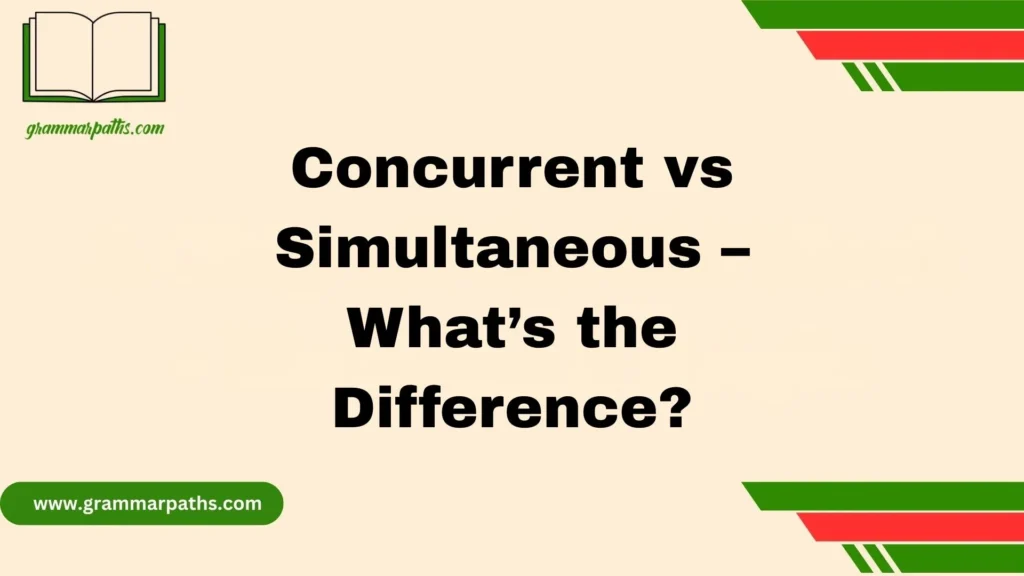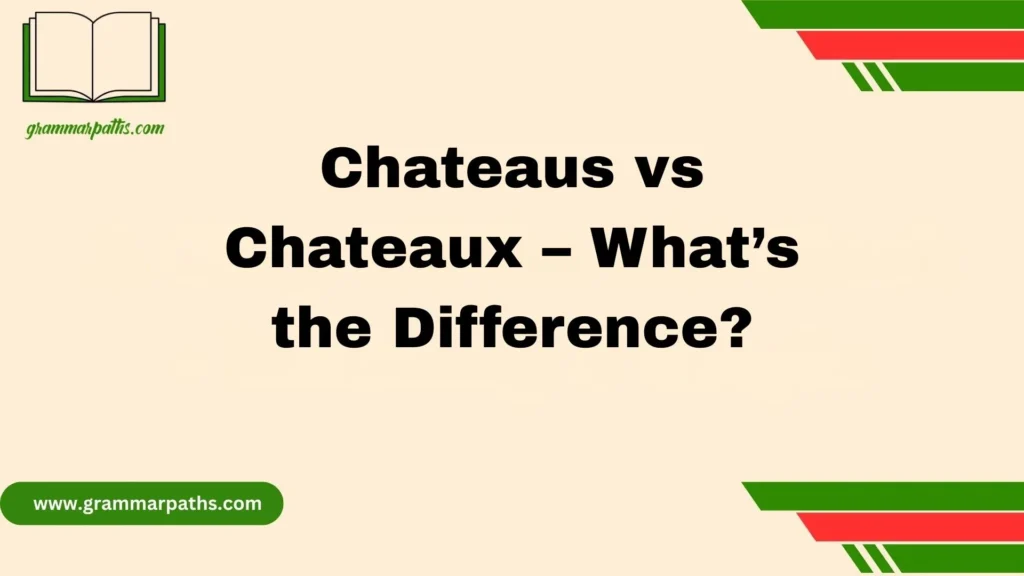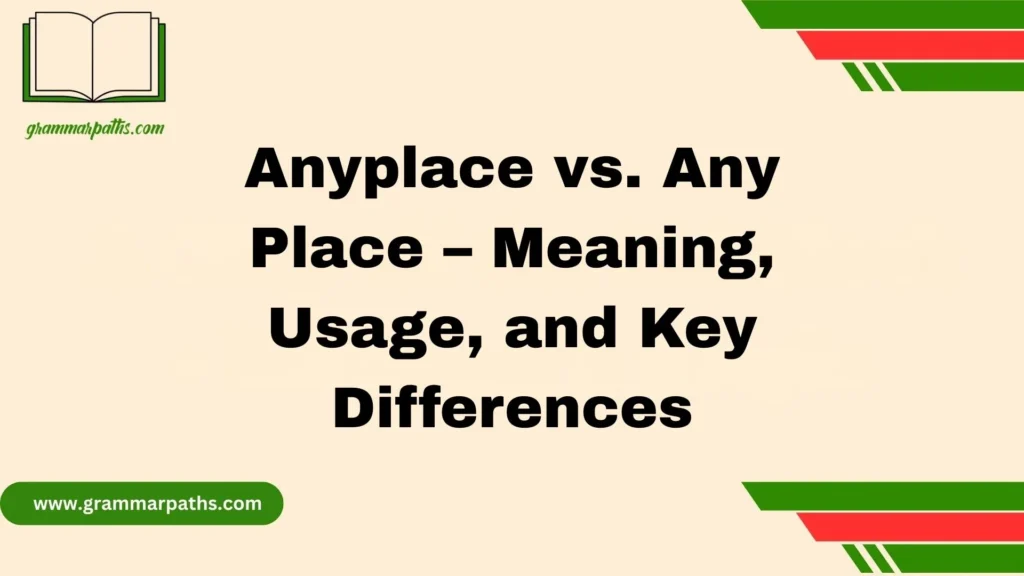Many English learners struggle with when to use “giving” or “given.” Although both words come from the verb give, they serve very different functions in a sentence—and knowing how to use them correctly can really improve both your writing and speaking.
What often confuses learners is how subtle the difference between the two can be. “Giving” refers to an action in progress—it’s the present participle, usually describing something happening now or continuously. On the other hand, “given” is the past participle and is commonly used in passive constructions or to indicate something already provided or assumed.
Over the years as an English teacher, I’ve noticed that understanding these small but important differences makes a huge difference in fluency. Once learners grasp the distinct roles each form plays, their English becomes much more natural and confident.
This guide will walk you through all the essential rules, uses, and practical examples to help you avoid confusion between giving and given. With a bit of practice, choosing the right word will feel automatic—and your communication will be clearer and more accurate.
Understanding the Root Verb: “To Give”
The verb to give is one of English’s most common, but also irregular. Its forms are:
| Base Form | Past Simple | Past Participle | Present Participle/Gerund |
| give | gave | given | giving |
Give is the present base form.- Gave is the simple past.
- Given is the past participle (used in perfect tenses and passive voice).
- Giving is the present participle or gerund (used for continuous tenses or as a noun).
This irregular pattern means you can’t just add “-ed” for the past participle or simple past; you must memorize these forms.
What Does “Giving” Mean?
“Giving” is the present participle of to give, meaning it refers to an action that is ongoing or in progress.
It also acts as a gerund, which is a verb form functioning as a noun.
Uses of “Giving” include:
- Continuous tenses: Actions happening right now or over a period
Example: “She is giving a speech at the conference.” - Gerund as a subject or object:
Example: “Giving is more rewarding than receiving.” - Follow certain verbs or prepositions:
Example: “He stopped giving excuses.”
Tip: Whenever you see “giving,” think about ongoing or habitual actions or when the action is being treated as a thing or concept.
How to Use “Giving” in Continuous Tenses
Continuous tenses describe actions in progress or repeated actions. Here’s how “giving” fits into different continuous forms:
Present Continuous
Describes an action happening right now.
“She is giving a presentation.”
Past Continuous
Describes an action happening at a specific time in the past.
“They were giving out flyers all afternoon.”
Present Perfect Continuous
Shows an action that started in the past and is still happening.
“He has been giving his time to charity for years.”
Future Continuous
Describes an action that will be ongoing at a future time.
“I will be giving a talk tomorrow.”
Remember: These forms always pair “giving” with some form of the verb “to be.”
“Giving” as a Gerund (Noun Form)
Sometimes “giving” works as a noun. This happens when you talk about the act of giving in general.
Examples:
- Subject: “Giving feels good.”
- Object: “I enjoy giving gifts.”
Gerunds can follow certain verbs and prepositions too:
- “She admitted giving the wrong answer.”
- “They are interested in giving back to the community.”
What Does “Given” Mean?
“Given” is the past participle of to give. It often shows that something has already happened or is in a completed state.
Uses of “Given” include:
- In perfect tenses (present perfect, past perfect, future perfect)
- In the passive voice
- As an adjective meaning “specified” or “assumed”
- As a preposition meaning “considering” or “taking into account”
Using “Given” in Perfect Tenses
Perfect tenses use the auxiliary verb “have” + past participle.
| Tense | Example | Meaning |
| Present Perfect | “She has given her consent.” | Action completed in the recent past |
| Past Perfect | “They had given up before the race.” | Action completed before another past action |
| Future Perfect | “By noon, I will have given my report.” | Action that will be completed before a future time |
Using “Given” in Passive Voice
The passive voice focuses on the receiver of an action rather than the doer.
Structure: be + past participle (given)
“The award was given to her.”
This construction highlights the result or recipient rather than the giver.
Active vs. Passive Comparison
| Active Voice | Passive Voice |
| “He gave her a gift.” | “A gift was given to her.” |
| Focus on the giver | Focus on the receiver or action |
“Given” as an Adjective
“Given” can describe something accepted or assumed without question.
Examples:
- “Given the circumstances, we had to leave early.”
- “It’s unlikely, given the facts.”
Here, “given” introduces a reason or condition. It is often followed by a noun phrase or clause.
“Given” as a Preposition
When used as a preposition, “given” means “considering” or “in light of.”
Examples:
- “Given his experience, he’s the best candidate.”
- “The project succeeded given the limited budget.”
It functions similarly to “considering” or “because of,” but is a bit more formal.
Common Confusions: “Giving” vs. “Given”
Here are the frequent pitfalls when mixing these two:
| Mistake | Explanation | Correct Usage |
| Using giving instead of given in perfect tenses | “I am giving my homework.” (Incorrect) | “I have given my homework.” |
| Using given in continuous tenses | “She is given a gift.” (Incorrect) | “She is giving a gift.” |
| Confusing passive and active voice | “The award is giving to her.” (Incorrect) | “The award is given to her.” |
Side-by-Side Comparison Table: “Giving” vs. “Given”
| Aspect | Giving | Given |
| Verb Form | Present participle/gerund | Past participle |
| Role in Sentence | Continuous tenses, noun (gerund) | Perfect tenses, passive voice, adjective, preposition |
| Meaning | Action in progress, or the act of giving | Completed action or condition |
| Example Sentence | “They are giving a presentation.” | “She has given her approval.” |
| Common Confusions | Using in place of “given” | Using in continuous tenses |
Tips to Remember the Difference
- Giving: Think ongoing action or noun form
- Given: Think completed action or something assumed/accepted
Easy Mnemonic
“Giving” = Going (ongoing action), “Given” = Gone (completed action).
Real-Life Usage: Examples in Context
Example 1: In conversation
- “Are you giving a presentation today?” (Action happening now)
- “She has given several presentations this month.” (Completed actions)
Example 2: In writing
- “Given the results, the team performed well.” (Considering the facts)
- “He is giving his best effort.” (Currently ongoing)
Quick Quiz: Test Your Understanding
Fill in the blanks with giving or given:
- She ____ a speech at the conference right now.
- They have ____ their final answer.
- I will be ____ a demonstration tomorrow.
- ____ the weather, the game was canceled.
Answers:
- is giving
- given
- giving
- Given
Conclusion
Mastering the difference between “giving” and “given” is a small step that makes a big impact on your overall English fluency. Remember, “giving” shows an ongoing action, while “given” is often used in passive or past situations. By understanding their roles, practicing regularly, and paying attention to context, you’ll start to use both forms naturally and correctly. With time, these choices will become second nature, and your communication skills will noticeably improve.
FQAs:
1. What is the difference between “give” and “given”?
“Give” is the base form of the verb, used in present tense or infinitive form. “Given” is the past participle, usually used in passive voice or perfect tenses.
2. When to use the word “given”?
Use “given” when something is already provided, assumed, or in passive voice. Example: He was given a gift.
3. How to use the word “giving”?
“Giving” is the present participle, used to describe an ongoing or continuous action. Example: She is giving a speech right now.
4. What do you mean by “giving”?
“Giving” refers to the act of offering or providing something to someone. It can also show a person’s generous nature.
5. What is the use of “giving”?
“Giving” is used in continuous tenses, as a gerund, or to describe someone’s behavior. Example: Giving is better than receiving.
6. How to use “it’s giving”?
“It’s giving” is a modern, informal phrase often used in pop culture or social media. It means something is giving the vibe or feeling of something else. Example: It’s giving confidence.

Grace Marie is the dedicated writer behind GrammarPaths.com, where she shares her passion for English grammar, idioms, and writing mastery. With a strong background in language studies and years of experience helping learners improve their communication skills, Grace creates clear, practical, and engaging content that makes English easy to understand.












